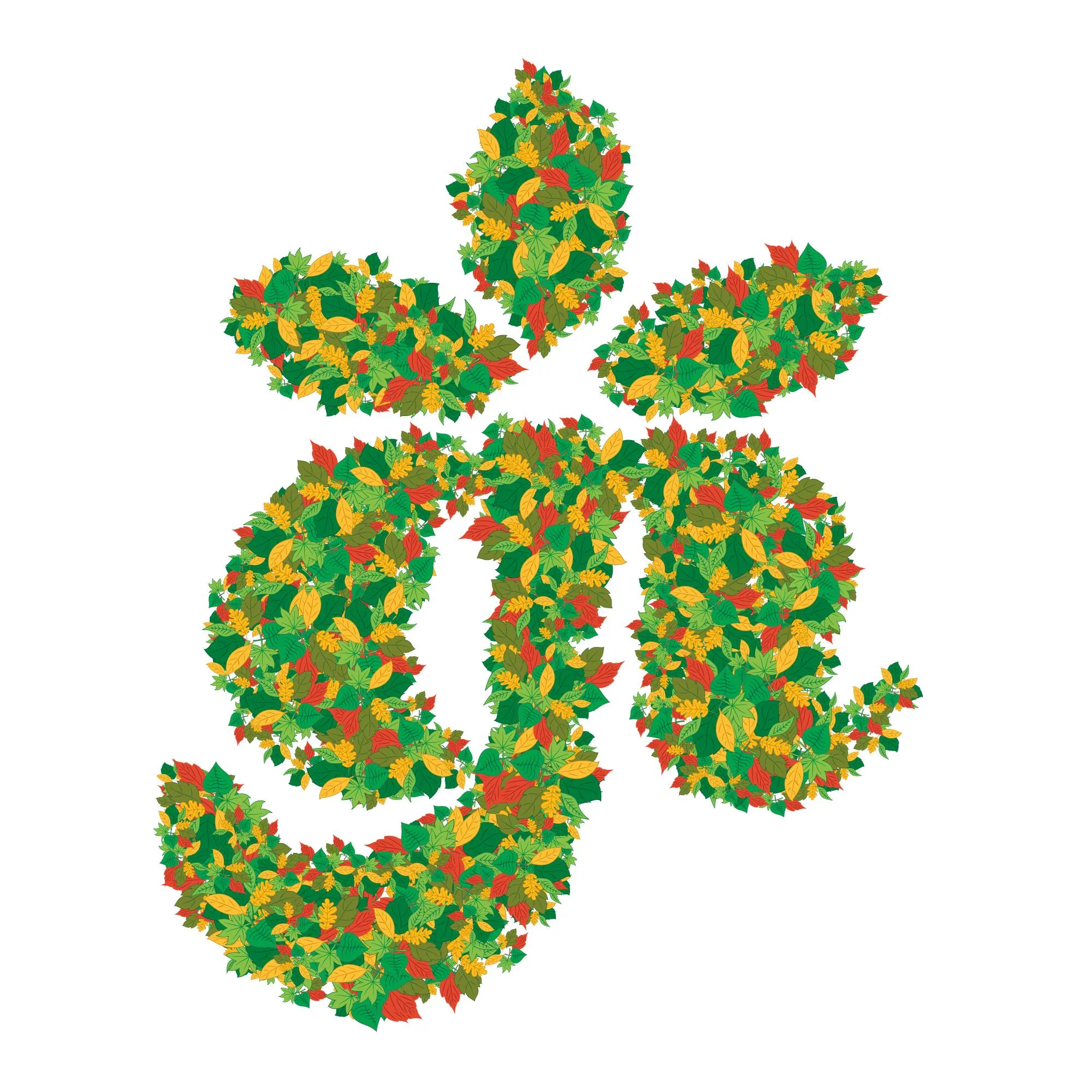step one: weed eradication
Recommended tools: square-point spade and/or sod cutting machine, plastic or stainless steel spray tank. (DO NOT use galvanized spray tanks.)
It is important to spray the lawn area with Remuda herbicide to kill perennial weeds before any ground work begins. Water and bring the weeds and vegetation to good health before spraying.
- Spray weeds with Remuda 41% concentrate at 5 oz/gal of water for 1360 sq.ft.
- Resume watering 3 days after application to keep weeds in good health. Repeat if new perennial weeds appear or if it rains within 24 hours after application. Wait 7-10 days to allow weeds to die.
- Remove dead vegetation with spade or sod-cutting machine.
step two: soil treatment
Recommended tools: rototiller, 36” grading rake, 14” steel rake.
Rototilling is not always recommended. If soil can be easily leveled, or if you have little run-off after 20-30 minutes of watering, it is a good sign that rototilling won’t be necessary; go to step 3.
- Water heavily 2-3 days before rototilling.
- Rototill soil to a depth of 6-8”, do not over rototill. Dirt clods the size of golf balls are beneficial for good drainage.
- Using the grading rake, distribute the soil evenly.
- Apply Gro-Power® soil conditioning fertilizer at the rate of 200 lbs/1000 sq.ft.
step three: final grading
Recommended tools: roller, 36” grading rake, 14” steel rake.
To compensate for the sod thickness and to provide a well-maintained appearance along the border, soil height at the perimeter should be 1” lower than the existing headerboards, bordering sidewalk, etc.
- To avoid standing water, the soil should be slightly crowned at the center of the lawn area.
- With a % full roller, roll the soil to firm up the surface.
- Use a grading rake to even out the low and high spots.
- Apply Gro-Power® soil conditioning fertilizer at the rate of 25 lbs/1000 sq.ft.
step four: installation
Recommended tools: sod knife, roller.
It is important that you unroll the sod on the same day as it was delivered. Water the sod as it is laid, keeping it moist at all times. Do not unroll the sod on hot, parched soil, as this will do irreparable damage to the sod.
- Lay sod in a brick pattern; staggering the end seams. Avoid using small or long, narrow pieces.
- The best cutting tool for sod is a sod cutting knife or a sharp linoleum knife. Roll the sodded surface with a 2/3 full roller to ensure good contact between the sod and soil.
Mowing height: The first mowing should be done within the first 7-10 days. Sod height should be kept between 1.5 to 2 inches. DO NOT cut more than 1/3 of the total height of grass at each mowing. Lawns do not respond well to drastic mowing practices.
Fertilizer application: Approximately every 6-8 weeks, use gro-power® soil conditioning fertilizer.
Pre-emergent control: For control of annual weeds, apply proper pre-emergent in early September and once again in early February.
Irrigation: Watering programs can vary greatly depending upon soil textures, climate and season. A general rule for a conventional sprinkler system is:
- days 1 - 10: water 10 - 15 minutes once or twice a day keeping the sod moist at all times.
- days 11-20: water 15 - 20 minutes every other day.
- days 21 +: water 25 - 30 minutes every 3-4 days. As the weather cools, allow longer drying periods.
The objective is to saturate the roots with water. Give ample time to dry between watering to force the roots to grow deep into the soil. This strengthens the new lawn to be more drought, weed, and disease resistant. (The presence of mushrooms is a sure sign that you are watering too much.) Limit your watering to the morning hours to prevent evaporation from the mid-day heat, wind-drift from afternoon winds, and fungus especially in warmer inland areas.


































